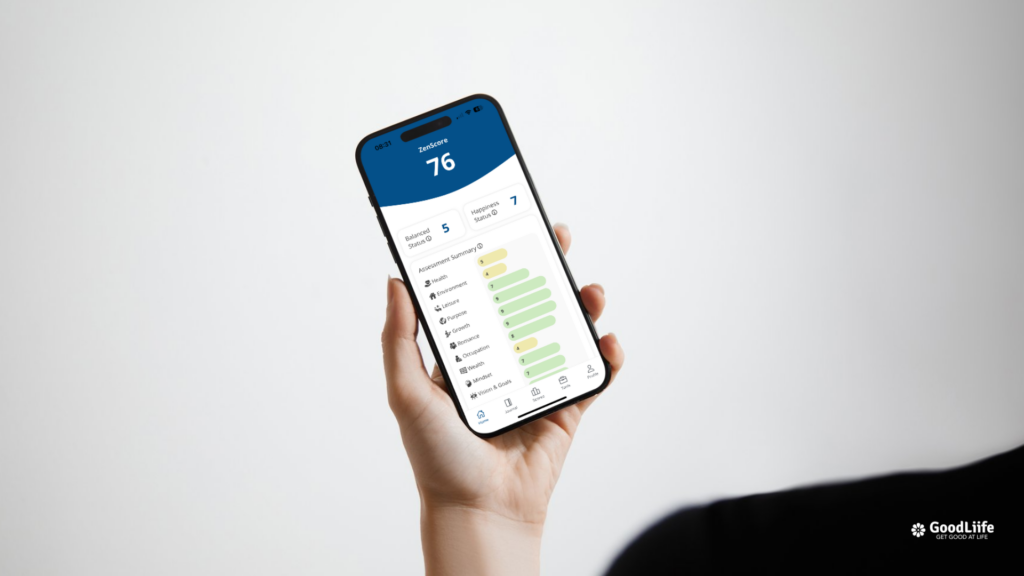In a world full of opportunity, passion, and personal transformation, running a life coaching business can be deeply rewarding—but it’s not without its challenges. Many coaches start out full of enthusiasm, only to later face low client engagement, inconsistent income, burnout, or self-doubt. If this sounds familiar, you’re not alone.
Saving your life coaching business isn’t just possible—it’s within reach. Whether you’re in a slump or looking to avoid one, this guide offers practical strategies to help you stabilize, grow, and scale your coaching practice for long-term success.
Recognizing the Signs Your Coaching Business Is Struggling
Before you can fix a problem, you need to name it. Here are common red flags that your life coaching business may be in trouble:
- Declining or inconsistent client bookings
- Low engagement or no-show rates
- Difficulty converting leads into paying clients
- Burnout or lack of motivation
- Cash flow problems or undercharging for your services
- Feeling lost or unsure about your niche
The good news? Each of these issues has a solution.
Step 1: Reconnect with Your Core Purpose
When your coaching business feels like it’s falling apart, the first step is going back to why you started. Passion and purpose are your foundation.
- Ask yourself: Who do I really want to serve?
- What transformation do I offer?
- What lights me up about coaching?
Revisiting your purpose will bring clarity and fresh energy to your brand, messaging, and services.
Step 2: Audit Your Business Model
If your life coaching business isn’t working, it might be your structure—not your skill. Take a hard look at:
- Pricing: Are you undercharging or relying only on one-on-one sessions?
- Packages: Are your offers clearly defined and results-focused?
- Time Management: Are you spending more time on admin than actual coaching?
- Client Journey: Is there a clear path from discovery call to long-term coaching relationship?
Simplify your offers, create signature packages, and focus on systems that reduce overwhelm.
Step 3: Level Up Your Marketing Strategy
One of the biggest barriers to saving your life coaching business is a lack of visibility. If people don’t know you exist—or don’t understand what you do—they won’t hire you.
Here’s how to fix that:
- Get Clear on Your Niche: Speak directly to a specific audience with a specific problem.
- Improve Your Messaging: Focus on outcomes, not just inspiration. Show people how their lives will change.
- Content Marketing: Start (or restart) a blog, email list, podcast, or YouTube channel where you consistently share valuable insights.
- Use Social Proof: Share testimonials, case studies, and client wins.
- Be Visible: Go live, post consistently, and join communities where your ideal clients hang out.
Marketing is not about shouting—it’s about showing up and serving consistently.

Step 4: Boost Client Retention and Referrals
Attracting new clients is great—but saving your coaching business often depends on keeping the ones you already have.
- Offer long-term packages with built-in check-ins
- Create a client referral program
- Follow up after coaching ends to offer ongoing support
- Ask for reviews and feedback to improve your service
Client retention increases revenue, reduces marketing costs, and builds a stronger reputation.
Step 5: Focus on Mindset and Self-Care
When your business is struggling, it can feel personal. But it’s not a failure—it’s feedback.
To stay resilient:
- Practice what you preach. Use your coaching tools on yourself.
- Set boundaries to avoid burnout.
- Invest in mentorship—coaches need coaches too.
- Celebrate wins, no matter how small.
Your mindset and energy directly affect your business. Protect them.
Step 6: Use the GoodLiife Score to Drive Progress
When you’re focused on saving your life coaching business, clarity and data-driven insights can be a game changer. That’s where the GoodLiife Score comes in.

The GoodLiife Score is a personal growth assessment system that helps both coaches and clients track progress across key areas of life—such as purpose, productivity, mindset, relationships, and wellness.
Why It Works for Coaches:
- Better Onboarding: Understand your client’s starting point instantly
- Personalized Sessions: Use insights from the score to tailor coaching plans
- Retention and Results: Help clients visualize their growth, increasing motivation and long-term commitment
- Stand Out in the Market: Offering a unique tool like this positions you as a next-level coach
Why It Helps Your Business:
- Builds credibility and trust
- Creates measurable transformation (great for testimonials and case studies)
- Enhances your coaching experience without increasing your workload
Incorporating the GoodLiife Score into your practice helps you deliver more value—and that’s a key ingredient in business growth.
Step 7: Scale with Intention
Once you’ve stabilized, it’s time to think about scaling. You don’t need to work 1:1 forever to grow your income.
Try adding:
- Group coaching programs
- Online courses
- Workshops or retreats
- Membership communities
- Digital products or resources
Scaling allows you to help more people, increase your impact, and avoid burnout.
Final Thoughts
Saving your life coaching business isn’t just about survival—it’s about transformation. Every challenge is an opportunity to refine your message, improve your offers, and grow into a stronger, more aligned version of yourself.
You became a coach to change lives. Don’t let a tough season stop you. Reconnect to your purpose, take strategic action, and leverage powerful tools like the GoodLiife Score to deliver real results.
Your breakthrough is on the other side of clarity, consistency, and courage.
Need help turning things around? Let’s create a simple action plan tailored to your coaching business today.

Leave a Reply